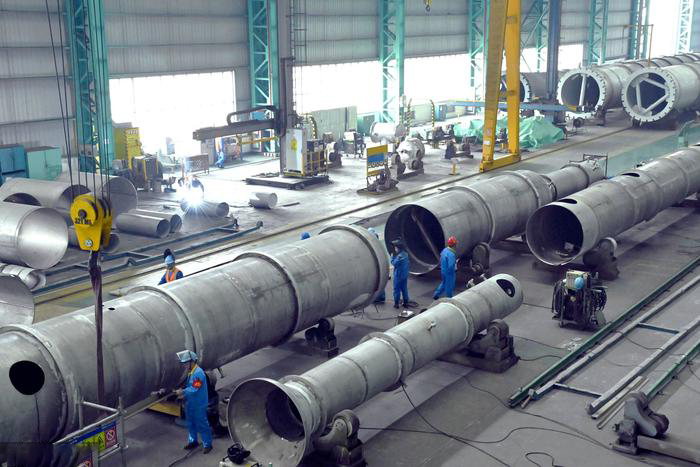The European Union released the "Steel and Metals Industry Action Plan" to deal with the US tariff shock
The European Union released the "Steel and Metals Industry Action Plan" to deal with the US tariff shock
-- Strengthen the protection of local industries and promote the linkage between green transformation and national defense and security
On March 19, 2025, the European Commission officially released the "Steel and Metals Industry Action Plan", which aims to cope with the impact of the 25% Steel And Aluminum tariffs imposed by the United States, while promoting the green transformation of the industry and ensuring the safety of the defense industry. This plan is seen as the EU's strong response to the recent escalation of trade frictions between the United States and Europe, and also marks a comprehensive adjustment of the strategy of the European steel industry.
On March 12, the United States imposed a 25% tariff on imported steel and aluminum, which directly affects EU exports to the United States and may trigger an influx of global surplus steel into the European market. In response, the European Union announced on the same day that it would impose tariffs on 26 billion euros worth of American goods, including bourbon, motorcycles and other products. However, the EU steel industry has long faced challenges such as high energy costs and intensifying international competition, which has lost nearly 100,000 jobs in the past 15 years, and the crisis has been further exacerbated by US tariffs.

Six core measures of the action plan
The EU's plan focuses on six areas:
Ensuring energy supply and costs: Promote clean energy supply, accelerate the integration of energy-intensive industries into the grid, and reduce decarbonization risks;
Preventing carbon leakage: Expanding the Carbon Border Adjustment Mechanism (CBAM) to include steel and aluminium manufactured products in the scope of taxation and plugging the "tax evasion loophole";
Strengthen industrial protection: Tighten steel import quotas from April 1, 2025, reduce the current quota by nearly 15%, and impose a 25% tariff on excess quotas;
Promote circular economy: improve the recycling rate of metal resources and promote the "European local steel cycle";
Guaranteed employment and technology upgrading: Supporting 2.6 million steel-related jobs and promoting high-quality employment;
Reducing investment risk: Attracting investment in green technologies through public funding and dominant market mechanisms.
Steel is strategically bound to national defense and security
The EU places particular emphasis on the central role of steel in the defence industry. For example, a main battle tank requires 50-60 tons of steel, and a fighter jet needs 3 tons of aluminum. The European Commission pointed out that stable metal supply chains are the foundation of European defense technology, and the current geopolitical situation (such as the Russia-Ukraine conflict) and the uncertainty of US security commitments further highlight the strategic value of the local steel industry.
Future legislation and long-term planning
The current steel safeguards will expire in June 2026, and the EU plans to introduce new legislation in the third quarter of 2025 to replace the existing quota system with stricter trade protection mechanisms. In addition, the EU will revise its public procurement rules to prioritize the procurement of domestiC Steel and ensure the long-term power supply of steel and aluminum companies through the European Investment Bank pilot project.
Industry & Environmental Response
The European steel industry has expressed support for the plan, citing strict import restrictions and support for the green transition as a way to enhance competitiveness. Environmental groups also recognise the low-carbon transition pathway, with experts from the E3G think tank pointing out that "accelerating decarbonisation is the best way to secure the future of the steel industry"
Email:manager@fsdsteel.com
Phone/Whatsapp:+86-18831507725















